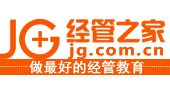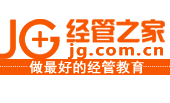Industrial CO2 emissions from energy use in Korea: A structural decomposition analysis Hea-Jin Lima, 1,  , Seung-Hoon Yoob,
, Seung-Hoon Yoob,  ,
,  and Seung-Jun Kwakc, 2,
and Seung-Jun Kwakc, 2, 
aEconomic Research Institute, Korea Credit Guarantee Fund, 254-5 Kongdok-Dong, Mapo-Gu, Seoul, 121-744, Republic of Korea
bDepartment of International Area Studies, Hoseo University, 268 Anseo-Dong, Cheonan, Chungnam, 330-713, Republic of Korea
cDepartment of Economics, Korea University, 5-1 Anam-Dong, Sungbuk-Ku, Seoul, 136-701, Republic of Korea
Received 7 July 2008;
accepted 8 October 2008.
Available online 29 November 2008.
AbstractThis paper attempts to quantify energy consumption and CO2 emissions in the industrial sectors of Korea. The sources of the changes in CO2 emissions for the years 1990–2003 are investigated, in terms of a total of eight factors, through input–output structural decomposition analysis: changes in emission coefficient (caused by shifts in energy intensity and carbon intensity); changes in economic growth; and structural changes (in terms of shifts in domestic final demand, exports, imports of final and intermediate goods, and production technology). The results show that the rate of growth of industrial CO2 emissions has drastically decreased since the 1998 financial crisis in Korea. The effect on emission reductions due to changes in energy intensity and domestic final demand surged in the second period (1995–2000), while the impact of exports steeply rose in the third period (2000–2003). Of all the individual factors, economic growth accounted for the largest increase in CO2 emissions. The results of this analysis can be used to infer the potential for emission-reduction in Korea.
Keywords: Carbon dioxide; Input–output analysis; Structural decomposition analysis

 扫码加好友,拉您进群
扫码加好友,拉您进群